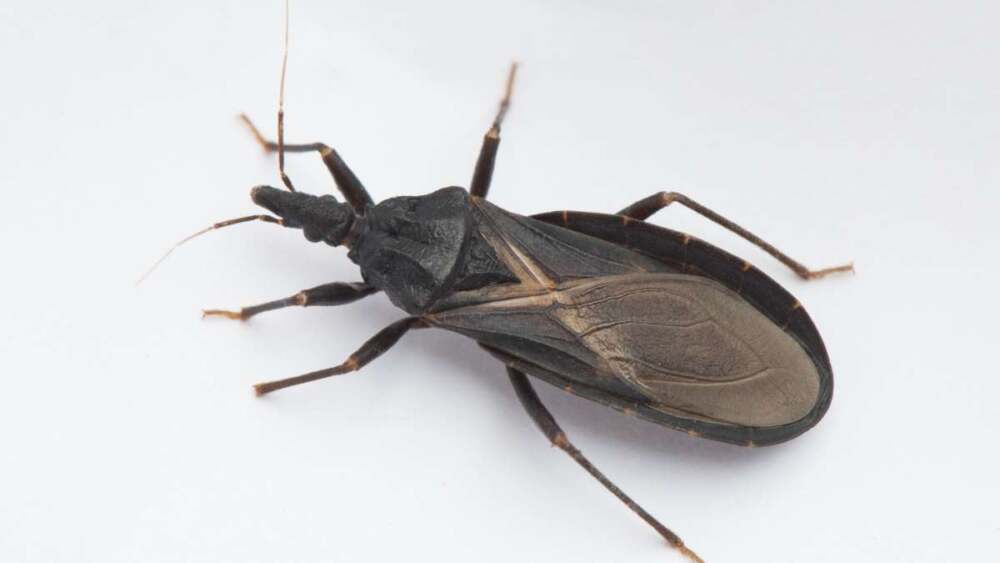September 3, 2025 — Chagas disease, caused by the parasite Trypanosoma cruzi and transmitted by blood-feeding “kissing bugs,” is no longer just a distant danger—it is now considered endemic in parts of the United States, especially in California and several southern states.
A Silent Epidemic
Experts estimate that 300,000 people in the U.S. are infected with Chagas, though most remain undiagnosed. Within this staggering number, California alone may have 70,000 to 100,000 infected individuals, largely due to its large immigrant population—and crucially—because the vector and parasite are present locally in wildlife, pets, and occasionally people.
Vectors and Wildlife: A Hidden Chain
Multiple species of kissing bugs, capable of carrying the parasite, are found across 32 states. In California, for example, up to one-third of specimens collected in areas like Griffith Park test positive for the parasite. The disease’s transmission cycle is sustained by infected wildlife—such as woodrats, raccoons, opossums, and skunks—which serve as reservoirs and blur the boundaries between wild and domestic ecology.
Local Transmission Underrecognized
While most human cases in California are linked to origins abroad, a sizable fraction—about one in five—could be locally acquired. In Southern states like Texas, multiple chronic human infections have already been confirmed to have arisen within state lines, reinforcing the case for endemic transmission here.
Why Reclassification Matters
Unlike traditional tropical diseases, Chagas in the U.S. remains little-known among healthcare providers and the public. Researchers now urge health authorities to reclassify Chagas as hypoendemic in parts of the United States. Doing so would:
- Stimulate medical education around diagnosis and treatment,
- Encourage public health reporting and surveillance—currently absent in most jurisdictions,
- And drive research and funding toward managing this under-the-radar threat.
The Road Ahead
As Chagas increasingly emerges from the shadows, the call for a “One Health” approach—acknowledging human, animal, and environmental factors—is gaining traction. Enhanced case reporting, surveillance, and public awareness are vital to preventing the damaging heart and digestive complications this parasite can cause.












Leave a Reply